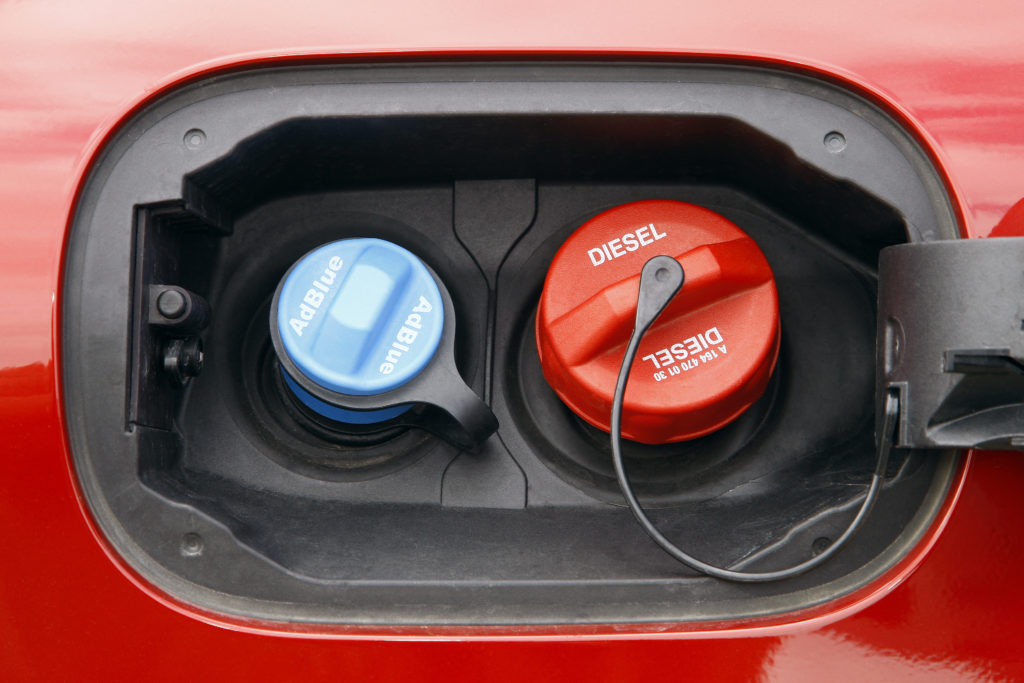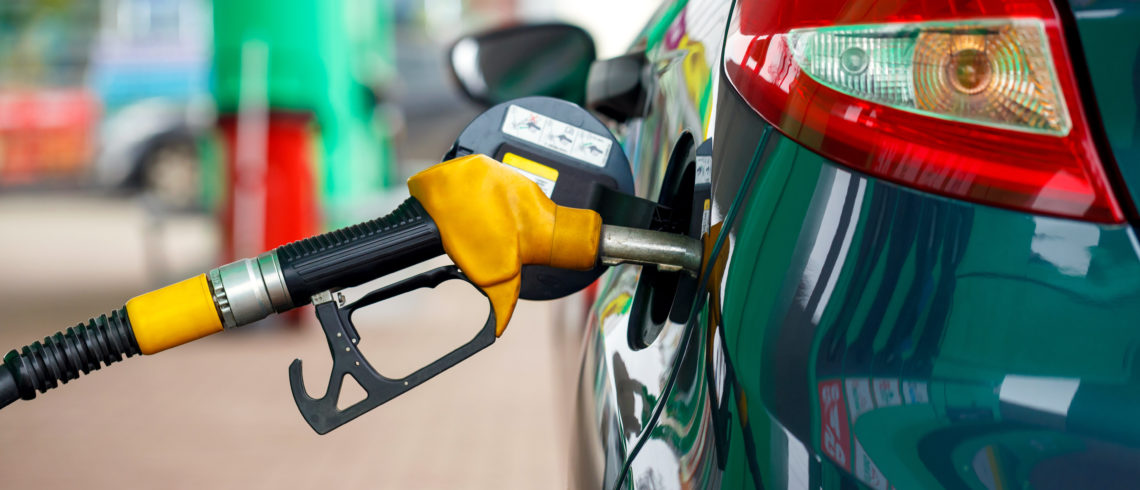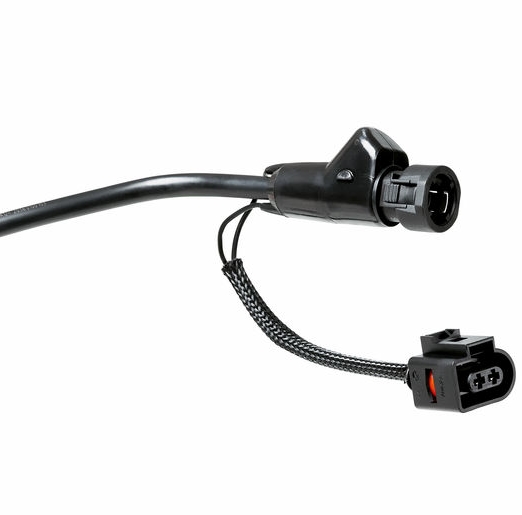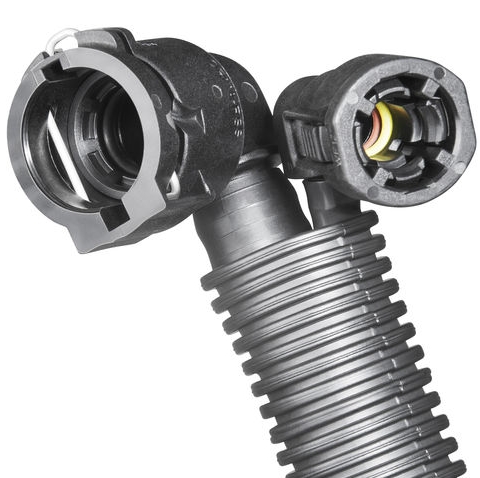This post is also available in: Deutsch
How can we really bring down exhaust gas emissions? The automotive industry isn’t the only one searching for an answer to this question, but also car drivers, politicians and environmental groups. The technology for a clean diesel engine already exists. It only needs to be effectively put to use.
The prestige of the diesel engine has taken quite a blow of late. First, the EU Commission warned many German cities that they were not meeting nitric oxide limits. Then came the emissions scandal. Alongside it, the government has pushed manufacturers for legitimate responses, setting increasingly stringent exhaust gas emissions standards such as Euro 6 in Europe and EPA 15 in Canada, Mexico and the US.
Car makers have two fronts to advance. First, in the engine: to make fuel combustion cleaner. And secondly, in the after-treatment of fumes, known as exhaust gas purification. In addition to the usual soot particle filters, catalytic converters also help with this process, but in larger vehicles, even this is no longer sufficient.
Urea solutions have the most powerful effect: they reduce nitric oxides in diesel engines by up to 90 percent. The additive is better known under its regional brand names AdBlue, Diesel Exhaust Fluid (DEF), ARLA and AUS32. This liquid, consisting of one third urea and two thirds demineralized water, is injected into the exhaust system by a high-pressure injector.

This results in selective catalytic reduction (SCR) – or exhaust gas purification. The toxic nitric oxides and aggressive ammonia are split into the harmless components nitrogen and water. Hence the purifying element to the name of the process.
For this, the urea solutions must be heated. Since the freezing point of AdBlue is about -11 degrees Celsius, additional heating is needed, especially in countries with temperate climates. How quickly AdBlue is defrosted and thus can effectively reduce exhaust gas is therefore regulated by law.
The heat needs to be supplied by the pipes carrying the urea solution. This works either by electrically generated heat or by naturally occurring engine heat.
The first method ensures that the additive is heated quickly and precisely. The second method takes stress off of the electrical wiring of the vehicle, relieving the generator and battery. With either method, the urea tubes are made of lightweight plastics.
By the way, urea solutions have nothing to do with urine. Except in vehicles, it is primarily used as a fertilizer. The substance is a safe storage form of the active substance ammonia. The chemical is completely safe for humans and the environment.







One response to “Clean Emission with SCR Technology”
Pingback: NORMA Group Technology Helping to Reduce Diesel Engine Emissions - Michigan Latino News